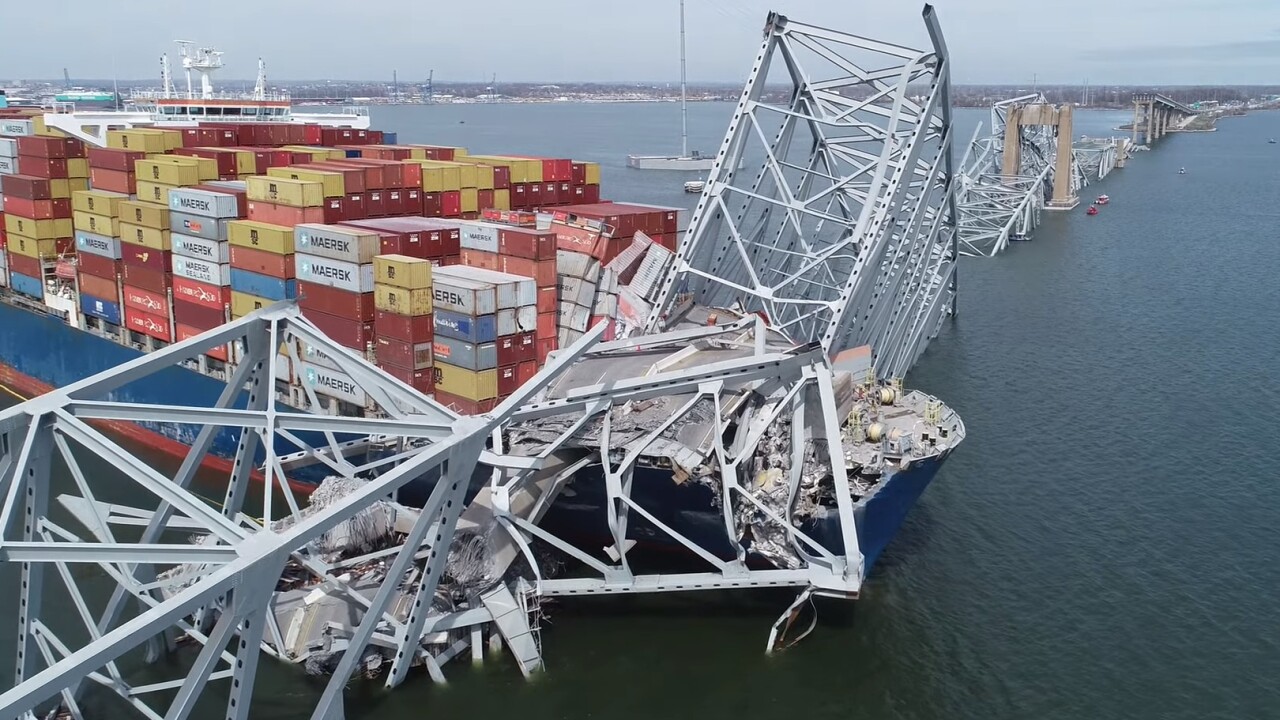Tom Wright knew he struck a third rail when his Regional Plan Association's manifest suggested halting 24-hour subway service in New York.
"I know that it's a sacred part of New York City," RPA president Wright said Tuesday at Columbia University's Graduate School of Architecture, Planning and Preservation in Manhattan's Morningside Heights. "I'm pleased at the level of debate, even if it's a very heated one."
Such a move -- one of 61 recommendations in the association's

Tuesday's presentation came five days after the release of the plan, which called for such long-term, visionary initiatives as overhauls of the Metropolitan Transportation Authority and the Port Authority of New York and New Jersey, both large issuers of debt.
RPA's call to replace late-night subway service with route-mimicking surface buses and its advocacy for congestion pricing to benefit mass transit quickly became two headline aspects of the 95-year-old planning group's generational document.
Its latest iteration included such visionary concepts as transforming the Port Authority into an infrastructure bank; the creation of a subway construction public benefit corporation; and unifying all regional rail lines into one system.
The blueprint was short on funding details, though further reports are pending. RPA, though, supports such measures as congestion pricing and other forms of highway tolling, insurance surcharges, aggressive real-estate value capture and reducing greenhouse gas emissions with a cap-and-trade market modeled after California’s program.
Wright said they could create annual revenue streams of about $2 billion.
New York Mayor Bill de Blasio defended around-the-clock subway service as soon as the report came out.
"I’m a New Yorker; 24-hour subway service is part of our [birthright]," he said. "You know, you don’t – you can’t take that – this is not Washington D.C., with all due respect to Washington D.C.
"You cannot shut down the subway at night. It is a 24-hour city. You can, of course, shut down certain lines at certain times for repairs and put bus service in and things like that. But as blanket idea, no. I don’t believe in that."
Wright on Tuesday fired back at the mayor.
"The onus is on him to come up with other solutions," he said. "The truth is, ridership is very, very low during off-leak hours and the service is terrible today."
RPA's plan consumed nearly 400 pages. Its executive summary alone -- a Cliff's Notes of sorts for many documents -- took up 28 pages.
Congestion pricing, said Wright, could generate serious discussion when the New York State General Assembly reconvenes in January. Gov. Andrew Cuomo may introduce his own version of a plan to toll vehicles entering Manhattan south of 60th Street and toll now-free East River bridges.
Such plans are in effect in London, Stockholm and Singapore. Former Mayor Michael Bloomberg introduced a plan 10 years ago that died in Albany.
"To those who are kind of fatalistic about it, when Bloomberg proposed it about a decade ago, we were three votes of now-convicted legislators short of getting it passed," said Wright.
Any attempt to overhaul major transit agencies will encounter political headwinds, said Howard Cure, director of municipal bond research for Evercore Wealth Management.
"I'm dubious about existing managements wanting to give up control to a bigger regional organization," said Cure. "That's a big power base, a big generator of jobs. Their unions are big supporters of various politicians.
"Port Authority in particular, going back to [New York Gov. George] Pataki, had more political appointees with loyalties as opposed to transportation visionaries."
Nicole Gelinas, a senior fellow with the Manhattan Institute of Policy Research, questions whether creating a subway reconstruction public benefit corporation would work.
“It’s an interesting proposal but with a lot of unanswered questions. You have the old MTA, still with $40 billion of debt, still needing money for things like East Side Access, and then you’d have a new corporation hitting the same city taxpayers, the same businesses and the same riders.
“RPA wants the governor in charge. It’s hard to see why the state should be in charge when the entire system is within the city limits. Why not have the city run it?”





